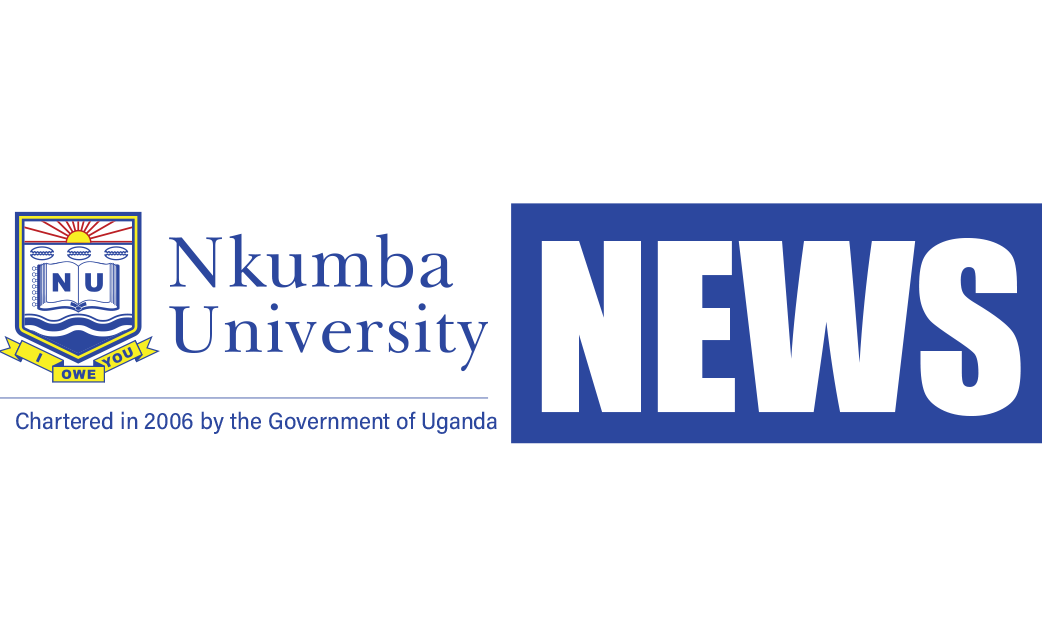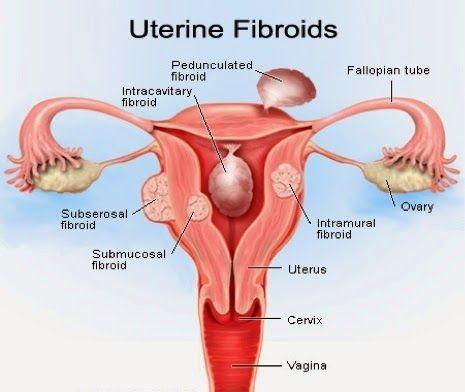The Copyright and Neighbouring Rights (Amendment) Bill, 2025, introduced in April 2025, seeks to modernize Uganda’s intellectual property framework by amending the Copyright and Neighbouring Rights Act, 2006 (Cap. 222). This bill addresses gaps in the 2006 Act caused by technological advancements, global standards, and evolving industry practices. It domesticates several international treaties, enhances protections for digital content, introduces mechanisms for fair remuneration, and streamlines regulatory processes. This article analyzes the bill’s key provisions, compares it with the 2006 Act, argues how it improves the existing law, and offers recommendations for further enhancement. Key terms are defined throughout to aid understanding, drawing from the bill’s definitions where applicable.
OVERVIEW OF THE 2006 ACT
The Copyright and Neighbouring Rights Act of 2006 is Uganda’s main law for protecting creative works like books, music, art, and videos. It replaced older rules and gives creators the right to control how their work is copied, sold, or shared. Creators also get credit for their work and can stop others from changing it without permission.
The law protects performers like singers or actors and producers like those who make recordings. It allows “fair use,” meaning people can use small parts of works for school, news, or personal study without asking. A government office called the Registrar handles registrations and records.
If someone breaks the law, you can sue them in the Commercial Court, or they might face fines or jail. Groups called collecting societies help collect money (royalties) from users and pay it to creators.
But the 2006 law has weaknesses. It doesn’t deal well with stealing works online, doesn’t make sure artists get fair ongoing pay, and doesn’t control collecting societies strongly enough. It also ignores important global agreements Uganda has joined. Only one court can handle cases, which limits access, and punishments are too small like a fine of up to UGX 2 million.
KEY TERMS DEFINED UNDER THE AMENDMENT BILL
To contextualize the analysis, here are definitions of core concepts from the bill and the broader copyright context:
Copyright refers to the exclusive legal right granted to creators of original works to control their use and distribution, including reproduction, adaptation, and public performance—in the 2006 Act, it focuses on economic and moral rights, while the bill expands this to include digital exploitation.
Neighbouring Rights are those related to copyright but protecting performers, producers of sound recordings, and broadcasters, with the bill strengthening these by ensuring remuneration for every commercial use.
An Accessible Format Copy is a copy of a work in an alternative manner or form that allows a beneficiary person such as someone who is blind, has a visual impairment or reading disability preventing normal access to printed works, or is physically unable to handle books—to access it as comfortably as a person without such impairment.
An Anonymous Work is one where the author’s identity is unknown. A Bundle of Rights means a collection of rights relating to a particular category of works, used in the bill to regulate collecting societies.
A Caller Ring Back Tone is subscription music, sound, or tone played by a telecommunication operator to the caller. A Copyright Owner is an author entitled to economic rights or a person who acquires them through assignment or transfer.
To Circumvent a Technological Protection Measure involves avoiding, bypassing, removing, deactivating, decrypting, or impairing a technological measure designed to protect copyrighted works.
Expressions of Folklore encompass tangible or intangible forms of traditional culture, including stories, songs, dances, and art productions. Orphan Works are those protected by copyright but whose author or owner cannot be identified or found.
A Service Provider is an entity providing communication services via computer systems or storing/processing data for users. Technological Protection Measures (TPMs) are digital locks or tools to prevent unauthorized access or copying of works.
These definitions align the bill with international treaties like the Marrakesh Treaty (for accessible formats) and World Intellectual Properties Organization (WIPO) treaties (for Technological Protection Measures).
KEY PROVISIONS OF THE 2025 BILL AND COMPARISON WITH THE 2006 ACT
The Copyright and Neighbouring Rights (Amendment) Bill, 2025, comprises 31 clauses that amend, insert, and repeal sections of the 2006 Act while domesticating international treaties, marking a comprehensive overhaul to address modern challenges in intellectual property.
Beginning with foundational elements, the bill amends section 2 of the 2006 Act, which originally defined basic terms like “author,” “broadcast,” and “performance” but omitted specifics for digital and accessibility contexts; the 2025 amendments introduce or revise definitions such as “accessible format copy,” “orphan works,” “technological protection measures,” and “caller ring back tone,” while redefining “broadcasting” to encompass satellite transmissions and encrypted signals, and expanding “performance” to include live presentations of literary, dramatic, musical, or artistic works or folklore expressions. This expansion broadens coverage for digital environments and vulnerable groups, rectifying the 2006 Act’s outdated and limited terminology that failed to accommodate technological evolution.
In terms of eligibility for protection under section 3, the 2006 Act required works to be “reduced to material form,” a phrase that was vague for digital creations; the bill replaces this with “fixed in” to provide clarity and align with World Intellectual Property Organization (WIPO) standards, thereby ensuring explicit protection for computer programs and digital works, which the original act’s ambiguous language overlooked, thus improving precision and inclusivity.
Moving to the types of works protected in section 4, the 2006 Act listed literary works without explicitly mentioning categories like novels or encyclopedias and treated folklore as derivative; the bill adds specifics such as novels, stage directions, and encyclopedias, while explicitly recognizing translations, adaptations, and expressions of folklore as derivative works, enhancing safeguards for traditional knowledge and filling gaps in the original act’s enumeration, which left certain creative outputs vulnerable.
Regarding the duration of protection in section 12, the 2006 Act imposed arbitrary limits, such as 50 years from publication for computer programs and 50 years from creation for photographs; the bill repeals these subsections to treat such works uniformly with others (typically the author’s life plus 50 years), aligning with the WIPO Copyright Treaty and eliminating the restrictive durations that disadvantaged certain digital and visual works under the old law.
For assignments and transfers of rights in section 13, the 2006 Act permitted written assignments without mandatory registration, allowing perpetual transfers that often led to author exploitation; the bill mandates registration within 60 days, introduces reversion rights in new section 13A to limit assignments to 20 years before reverting to the author, and prohibits circumvention of technological protection measures in section 13B, thereby protecting creators from fraudulent or indefinite transfers and domesticating WIPO treaties on digital safeguards, a stark improvement over the 2006 Act’s lax framework.
In fair use exceptions under section 14, the 2006 Act allowed general uses for education and research but lacked focus on accessibility; the bill adds provisions for transcribing works into braille or accessible formats and online learning, while inserting section 14A to limit reprographic copying to 5% of a work within three months (unless licensed) and section 14B for a licensing scheme on orphan works to enable their legal use with owner safeguards—this expands access for persons with disabilities in line with the Marrakesh Treaty and imposes controls on copying that were absent in the unrestricted fair use of the original act.
On remuneration for performers in section 30, the 2006 Act provided equitable pay only for commercial uses of sound recordings; the bill extends this to audio-visual fixations and every commercial exploitation, ensuring performers like film actors receive ongoing payments, domesticating the Beijing Treaty and addressing the 2006 Act’s narrow scope that limited compensation for visual media.
For contracts in section 34, the 2006 Act had no detailed requirements for publishing, performance, or broadcasting agreements; the bill substitutes the section to mandate written, registered contracts with fair, reasonable, and non-discriminatory terms, and inserts section 39A to set fixed remuneration rates for caller ring back tones (e.g., 60% to authors and performers), tackling exploitation through transparency and equity, particularly in telecom-driven revenues, which the original act ignored.
Administrative enhancements include the Registrar’s powers in section 41, where the 2006 Act limited duties to administration; the bill adds quasi-judicial authority to resolve disputes on registrations, contracts, and collecting societies, enabling faster resolutions and reducing court dependency.
Jurisdiction under section 44 was confined to the Commercial Court in the 2006 Act, restricting access; the bill extends it to the High Court generally, broadening availability across Uganda’s circuits. Penalties in sections 46, 47, and 49 were modest in the 2006 Act, with fines up to 100 currency points (about UGX 2 million) and imprisonment up to four years; the bill escalates these to 2,500 currency points and ten years, creating stronger deterrents against infringement.
For digital enforcement, the 2006 Act had no online-specific tools; the bill inserts section 49A empowering the Registrar or owners to issue take-down notices to service providers hosting infringing content, filling the piracy void amid Uganda’s growing internet usage and referencing the Electronic Transactions Act for compliance. Inspections in section 53 were basic in the 2006 Act; the bill adds provisions for convicted infringers to bear seizure, storage, and destruction costs, bolstering enforcement efficiency.
Evidentiary rules in section 55 required “adequate evidence” in the 2006 Act; the bill specifies that a registration certificate serves as prima facie proof, simplifying litigation. Collecting societies under section 56 involved cumbersome executive committee approvals in the 2006 Act; the bill streamlines registration to the Registrar and limits one society per bundle of rights, improving oversight and reducing poor regulation issues. Their functions in section 57 focused on member royalties in the 2006 Act; the bill expands to include payments to any entitled owner, promoting broader equity.
Repeals of sections 59, 60, and 63 eliminate redundant bodies like the executive committee and supervision board from the 2006 Act, cutting bureaucracy. New section 67A mandates annual general meetings for societies, enhancing transparency absent in the original act. The caretaker manager appointment in section 74 required committee consultation in the 2006 Act; the bill removes this for quicker action.
Dissolution in section 77 referenced the Companies Act in the 2006 Act; the bill simplifies by omitting it. Prosecution under section 80 protected owners in the 2006 Act; the bill allows the Registrar or societies to initiate without complaints, strengthening proactive enforcement.
Finally, the bill domesticates treaties like Berne, WIPO Copyright, Performances and Phonograms, Beijing, and Marrakesh via new section 80A and amends Schedule 2, giving them legal force in Uganda, which the 2006 Act overlooked.
ARGUMENTS ON HOW THE BILL IMPROVES THE 2006 ACT
The bill significantly enhances the 2006 Act by adapting to digital realities and international obligations. First, it domesticates WIPO treaties (e.g., Berne, Beijing, Marrakesh), ensuring Uganda’s laws comply with global standards, which the 2006 Act ignored, limiting cross-border protection. This fosters innovation and attracts investment in creative industries.
Second, it bolsters digital protection through TPMs and take-down notices, addressing online piracy, a major defect in the 2006 Act amid rising internet use in Uganda. By criminalizing circumvention, it protects creators from unauthorized streaming or downloading.
Third, fair remuneration mechanisms (e.g., reversion rights, ring back tone rates) counter exploitation, where the 2006 Act allowed “one-off” payments. This ensures ongoing benefits for artists, particularly in music and film, promoting economic growth in the creative sector.
Fourth, streamlining collecting societies and expanding the Registrar’s powers improves administration and dispute resolution, fixing the 2006 Act’s inefficient oversight and court bottlenecks. Higher penalties deter infringement, enhancing enforcement.
Overall, the bill promotes accessibility (for disabled persons), equity (for orphan works), and governance, aligning with Uganda’s Vision 2040 for a knowledge-based economy.
RECOMMENDATIONS FOR A BETTER BILL
While commendable, the bill could be improved:
- AI and Emerging Tech: Add provisions for AI-generated works, clarifying ownership (e.g., human input requirement), as AI tools like generative models are proliferating by 2025.
- Graduated Penalties: Differentiate penalties for minor vs. commercial infringement to avoid over-punishing individuals, balancing deterrence with fairness.
- Public Education: Mandate the Registrar to conduct awareness campaigns on rights, addressing low IP literacy in Uganda.
- Digital Rights Management (DRM): Strengthen TPM exceptions for interoperability and reverse engineering in legitimate cases, preventing monopolies.
- Stakeholder Consultation: Require ongoing reviews with creators, tech firms, and users to adapt to future tech like blockchain for royalty tracking.
- Funding for Enforcement: Allocate budgets for digital monitoring tools, as take-downs alone may not suffice against sophisticated piracy.
These would make the bill more future-proof and inclusive.
CONCLUSION
The Copyright and Neighbouring Rights (Amendment) Bill, 2025, is a bold leap forward, dragging Uganda’s outdated 2006 Act into the digital age and aligning it with global standards through WIPO treaty domestication. It fiercely tackles online piracy, exploitation of creators, and bureaucratic inefficiencies with robust digital protections, fair remuneration systems, and streamlined governance. Yet, its ambition is undercut by critical gaps, ignoring AI-generated works risks obsolescence in a tech-driven world, while uniform penalties threaten fairness. Parliament must act swiftly to refine this bill with provisions for emerging technologies, graduated sanctions, and public education to ensure it doesn’t just patch old wounds but builds a resilient creative economy for Uganda’s future. Stakeholders must demand these changes now, or risk a law that falters before it fully takes flight.
BIBLIOGRAPHY
Legislation
- Copyright and Neighbouring Rights Act 2006 (Uganda), cap 222
- Copyright and Neighbouring Rights (Amendment) Bill 2025 (Uganda), Bill No 14
International Treaties
- Beijing Treaty on Audiovisual Performances (adopted 24 June 2012, entered into force 28 April 2020)
- Berne Convention for the Protection of Literary and Artistic Works (adopted 9 September 1886, entered into force 5 December 1887) 828 UNTS 221 (as revised at Paris on 24 July 1971)
- Marrakesh Treaty to Facilitate Access to Published Works for Persons Who Are Blind, Visually Impaired or Otherwise Print Disabled (adopted 27 June 2013, entered into force 30 September 2016)
- World Intellectual Property Organization Copyright Treaty (adopted 20 December 1996, entered into force 6 March 2002) 2186 UNTS 121
- World Intellectual Property Organization Performances and Phonograms Treaty (adopted 20 December 1996, entered into force 20 May 2002) 2186 UNTS 203
Secondary Sources
- National Planning Authority, Uganda Vision 2040 (National Planning Authority 2013)






















Discussion about this post